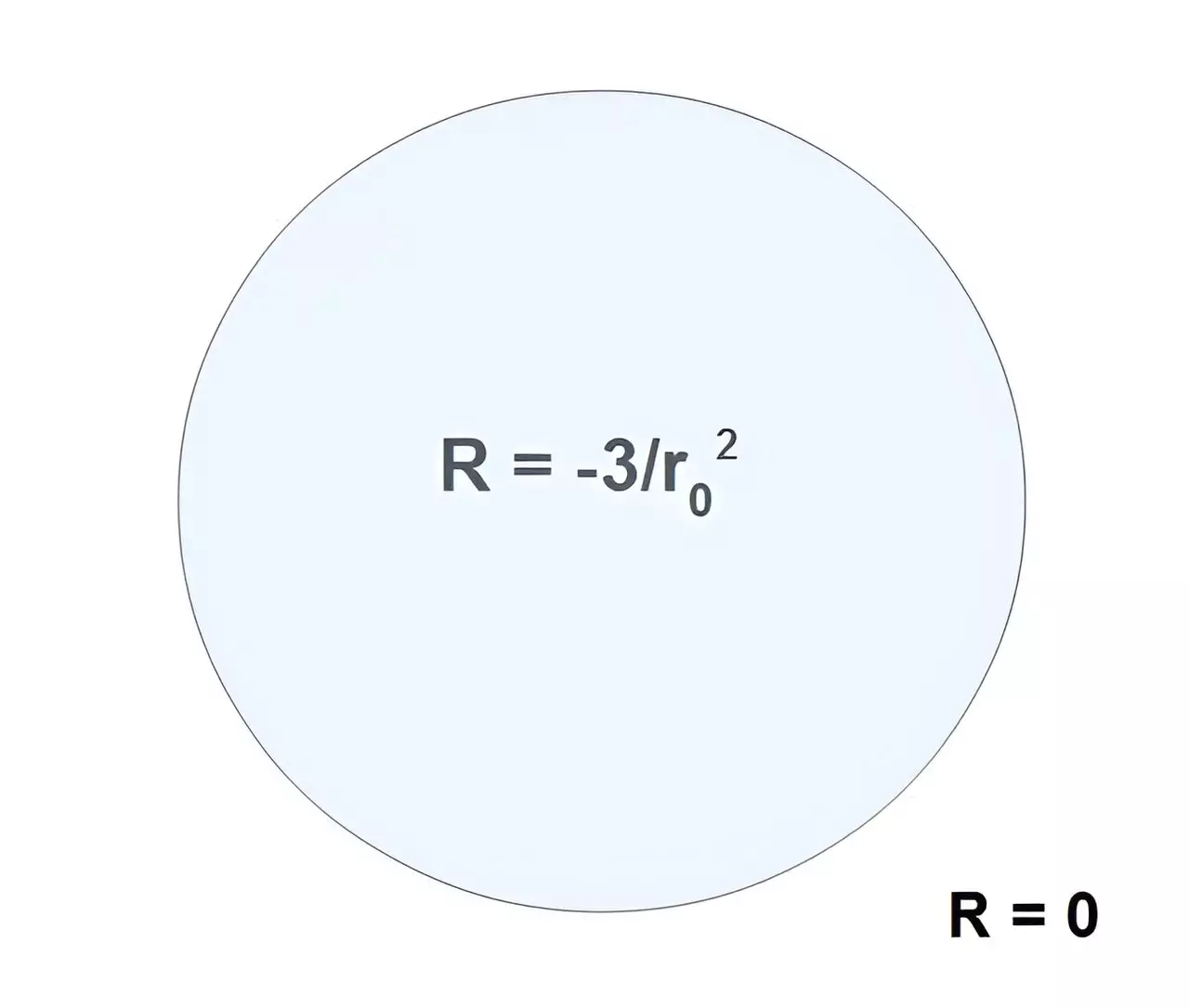Understanding the universe’s extreme entities—neutron stars and black holes—holds immense significance in modern astrophysics. Both are fascinating yet complex structures that present challenges to our understanding of physics and the nature of matter. This article aims to elucidate the distinctions between these formidable cosmic phenomena, emphasizing the underlying principles of quantum chromodynamics and general relativity, and to expose the intricate dynamics that govern their existence.
Neutron stars are the remnants of massive stars that have undergone supernova explosions. These compact stellar objects epitomize the state of matter under extreme conditions, primarily composed of neutrons packed together tightly. The current understanding suggests that neutron stars can attain a maximum mass of approximately 2.34 solar masses before collapsing under their gravitational pull. This maximum mass is a consequence of the strong nuclear force, governed by the principles of quantum chromodynamics (QCD), making neutron stars a prime example of “timelike” matter—matter that adheres to causality.
As a dense form of celestial material, neutron stars exhibit remarkable properties, such as extraordinarily strong gravitational fields, intense magnetic fields, and rapid rotation rates. However, the pathway to their formation essentially demonstrates the limits of matter stability. Research indicates that when these stars surpass the threshold of 2.34 solar masses, they transition into the next enigmatic counterparts: black holes. The structural integrity of neutron stars is fundamentally rooted in the equilibrium between gravitational collapse and the repulsive forces at play among neutrons, ensuring their stability within the realm of causality.
In stark contrast, black holes emerge from the collapse of massive objects beyond the neutron star limit. These extraordinary entities defy our conventional understanding of physics. Black holes are categorized as “spacelike” matter, meaning they do not conform to the same causal principles that govern neutron stars. They possess no upper mass limit, and some black holes exist with masses surging into the millions or even billions of solar masses. The fundamental distinction lies in the nature of spacelike matter, which contains no identifiable particle states and thus operates outside traditional frameworks of physics, lacking Pauli’s exclusion principle and standard equations of motion.
A core feature of black holes is their singularity—or so it was long believed. The conventional notion suggests that singularities represent points where physical laws break down; however, emerging theories argue that this view may stem from misinterpretations of the dynamics involved. Gravitational invariants such as volume, area, and scalar curvature R provide insight into black hole properties. The realization that black holes inflate due to gravitational pressure while maintaining equilibrium challenges long-held beliefs about their nature.
The phenomena of gravitational pressure within black holes warrant deeper examination. Two opposing forces emerge—outward pressure and inward pressure —which interplay to maintain stability. The outward pressure maintains the black hole’s structure in defiance of gravitational collapse, while the inward force strives to compress it further. The essence of these forces is encapsulated in an emerging universal constant, suggesting that all black holes are subject to a universal force independent of their mass. Importantly, this revelation explains the absence of a maximum mass for black holes, as their inherently unstable nature allows them to coalesce and grow indefinitely.
This universal force constant leads to profound implications for astrophysical research. The disparity between the internal pressures of black holes and observable phenomena, such as gravitational wave data, reveals a systemic area law governing the coalescence of black holes. This principle emphasizes that for two black holes to merge, the sum of their pressures must exceed that of the remnant, shaping our understanding of such cosmic interactions.
The narrative surrounding black holes has often been clouded by confusion and misinterpretation. Misapplications of causal physics, particularly when applied to acausal black holes, have perpetuated misconceptions about their existence, leading figures such as Stephen Hawking to propose theories involving evaporation and temperature. Yet, these notions falter upon deeper scrutiny; the characteristics of black holes contradict the anticipated behavior derived from traditional thermodynamic frameworks.
Moreover, the integration of causal theories in general relativity must tread cautiously when applied to black holes. The scalar curvature remains a critical element, yet using misaligned coordinates can lead to erroneous conclusions, emphasizing the need for careful consideration of these advanced models.
The distinct realms of neutron stars and black holes invoke a spectrum of fascinating phenomena grounded in complex physics. While neutron stars remain tethered to the realm of causality, black holes explore frontiers that challenge our understanding of spacetime. As astrophysics continues to evolve, unraveling the enigmas surrounding these celestial titans will require a formidable interplay between theory, observation, and perhaps even paradigm shifts within established scientific thought. The journey is indeed as monumental as the cosmic giants themselves.


Leave a Reply